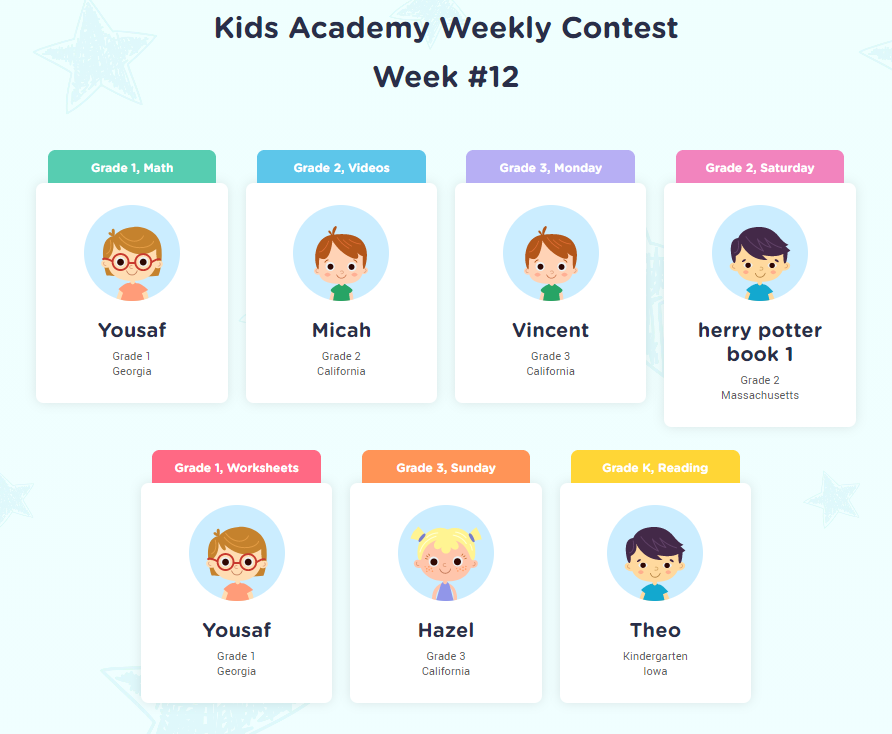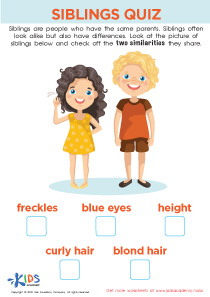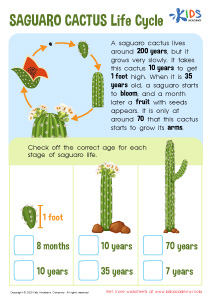Recognizing Patterns Normal Science Worksheets for Ages 4-6
3 filtered results
-
From - To
Unlock your child's curiosity with our "Recognizing Patterns Normal Science Worksheets" designed for ages 4-6! These engaging, printable worksheets introduce young learners to the fascinating world of patterns, fostering critical thinking and early scientific inquiry. Each activity is tailored to enhance observation skills, creativity, and cognitive development, making learning both fun and effective. With bright illustrations and age-appropriate exercises, children will explore patterns in nature, daily life, and beyond, igniting their love for science. Perfect for homeschooling or classroom use, these worksheets ensure your little scientist has a solid foundation in recognizing patterns, an essential skill in learning and life!
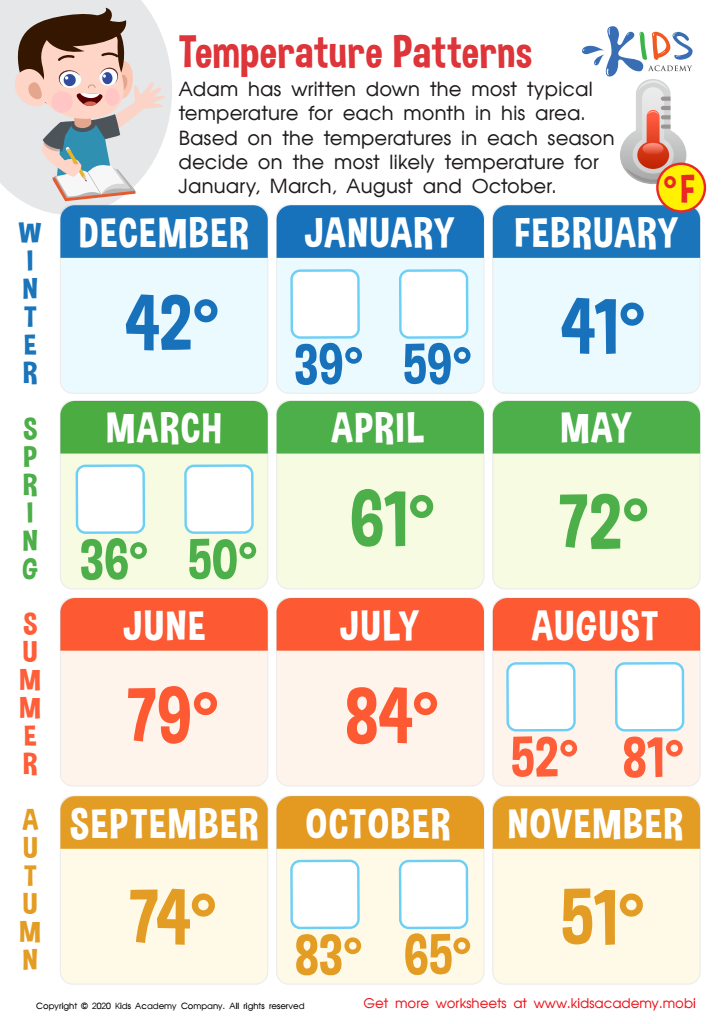

Temperature Patterns Worksheet
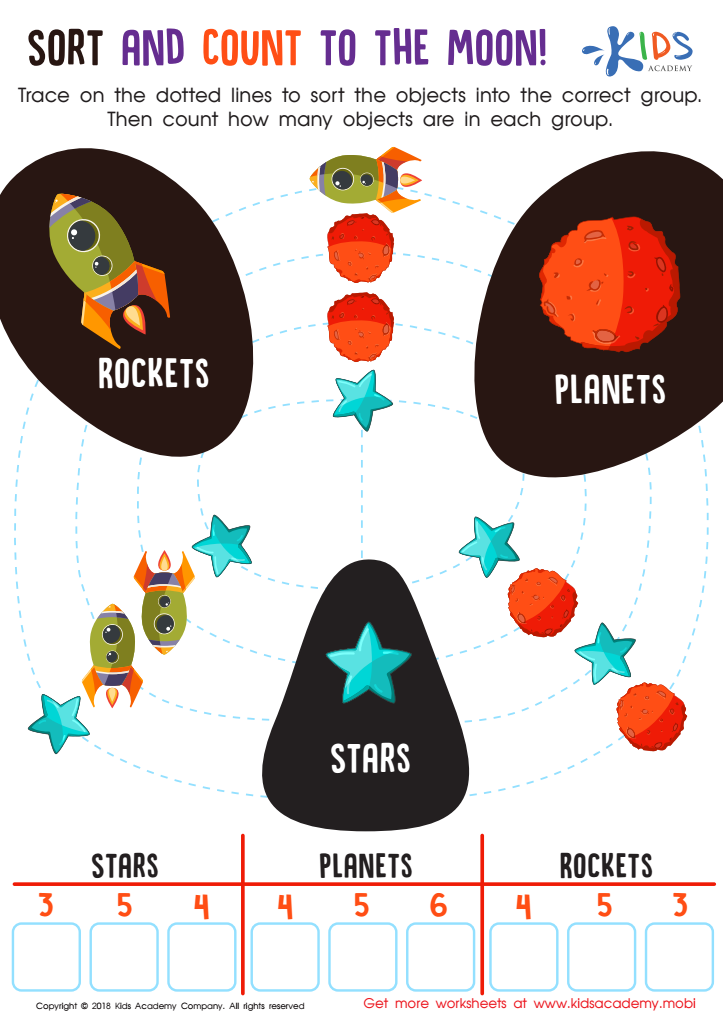

Sort and Count to the Moon Worksheet
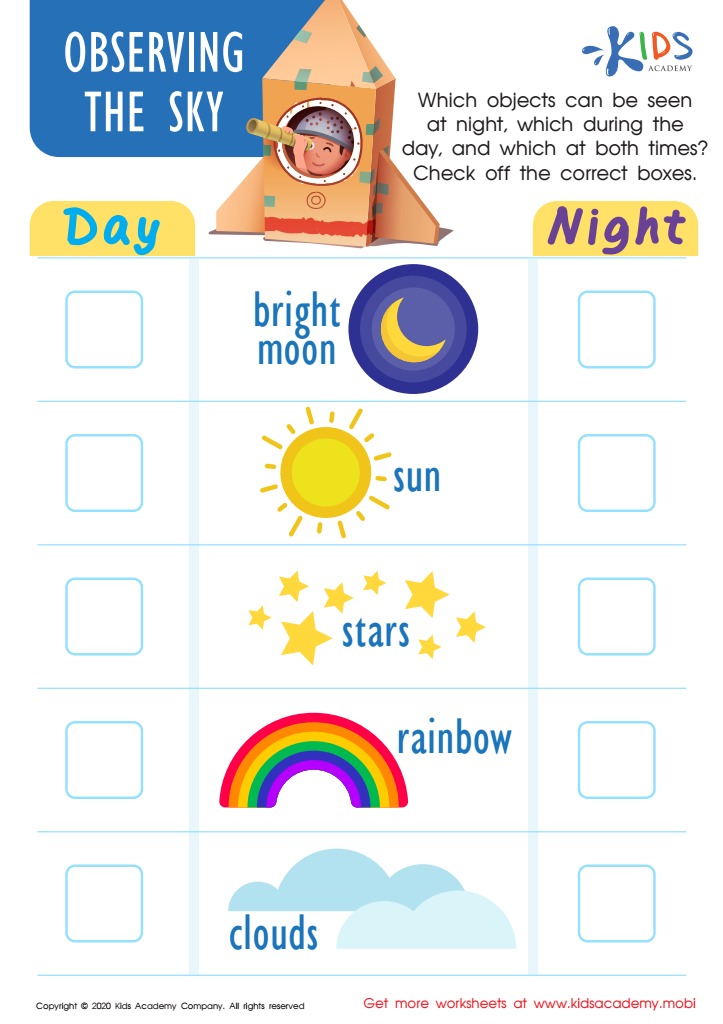

Observing the Sky Worksheet
Recognizing patterns is a fundamental skill that serves as the foundation for various aspects of learning, especially in early childhood education for ages 4-6. Parents and teachers should care about this skill because it enhances critical thinking and problem-solving abilities. By identifying patterns, children learn to make connections, predict outcomes, and understand sequences, which are crucial in subjects like math, science, and literacy.
At this age, children are naturally curious and engage in exploratory play. Recognizing patterns through games, storytelling, or daily routines encourages them to observe and describe their world, fostering language development and communication skills. This can also lead to improved focus and attention, as recognizing patterns requires concentration.
Moreover, pattern recognition helps build confidence. As children successfully identify and create patterns, they experience a sense of achievement, reinforcing their motivation to learn. Additionally, recognizing opportunities for patterns in nature and daily life can enhance their scientific thinking, preparing them for more complex concepts in the future.
In summary, instilling pattern recognition in young learners promotes cognitive growth, nurtures curiosity, and supports essential social-emotional development, making it a priority for parents and teachers alike.

 Assign to My Students
Assign to My Students





